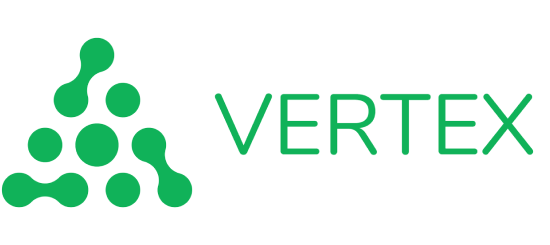Concussion
A concussion is a serious injury. At Vertex, we are determined to offer you the best care. Specialized in the prevention, evaluation and treatment of mild traumatic brain injuries (mTBI), our multidisciplinary team works in collaboration to offer you the most complete care possible.
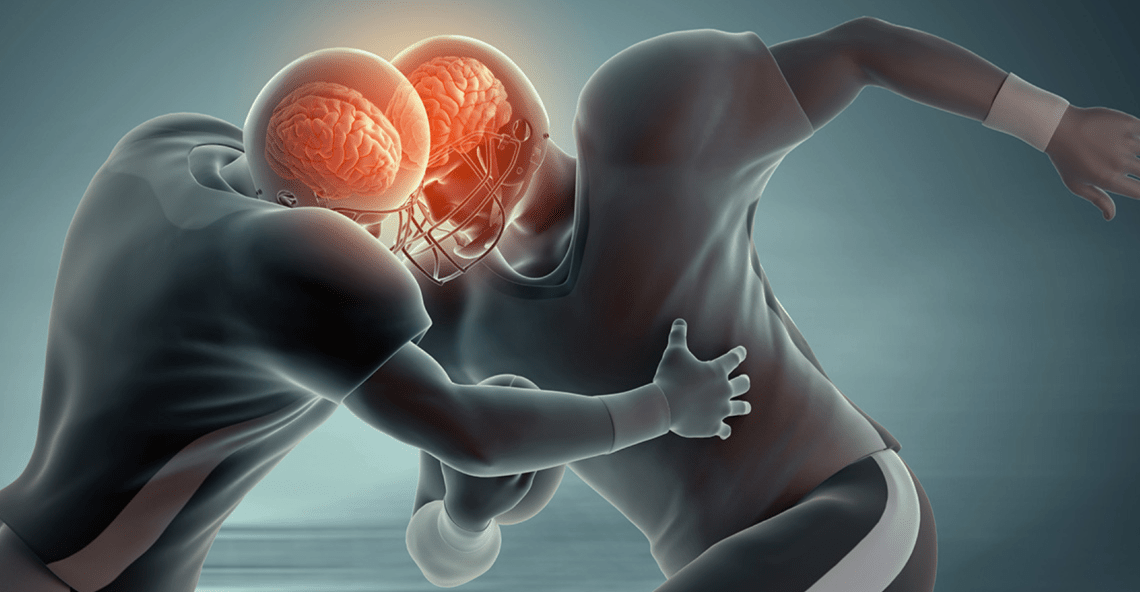
Qu’est-ce qu’une commotion cérébrale?
A concussion is an injury to the brain induced by biomechanical forces. It can be caused from a hit or impact to the head, face, back or elsewhere on the body. This impact creates a whiplash effect to the head, that brings about a impact of the brain against the skull.
The concussion is a complex pathophysiological process and the result of a neurometabolic cascade. At the present time, it is not visible on any conventional form of imaging such as an xray or MRI.
It is considered a serious traumatic head injury that requires immediate attention and appropriate care.
The impact on the brain tissu can appear as :
- Microtears of the fibers relaying different regions of the brain
- A chemical imbalance (calcium entering the mitochondria)
- A hyperexcitation of the neurons
- Reduced cerebral oxygenation
- Reduced glucose to the brain
- Inflammation of the brain tissu
- A metabolic imbalance
- An autonomous nervous system imbalance
Concussion symptoms
We often associate concussions with headaches and dizziness. However, many other symptoms can appear.
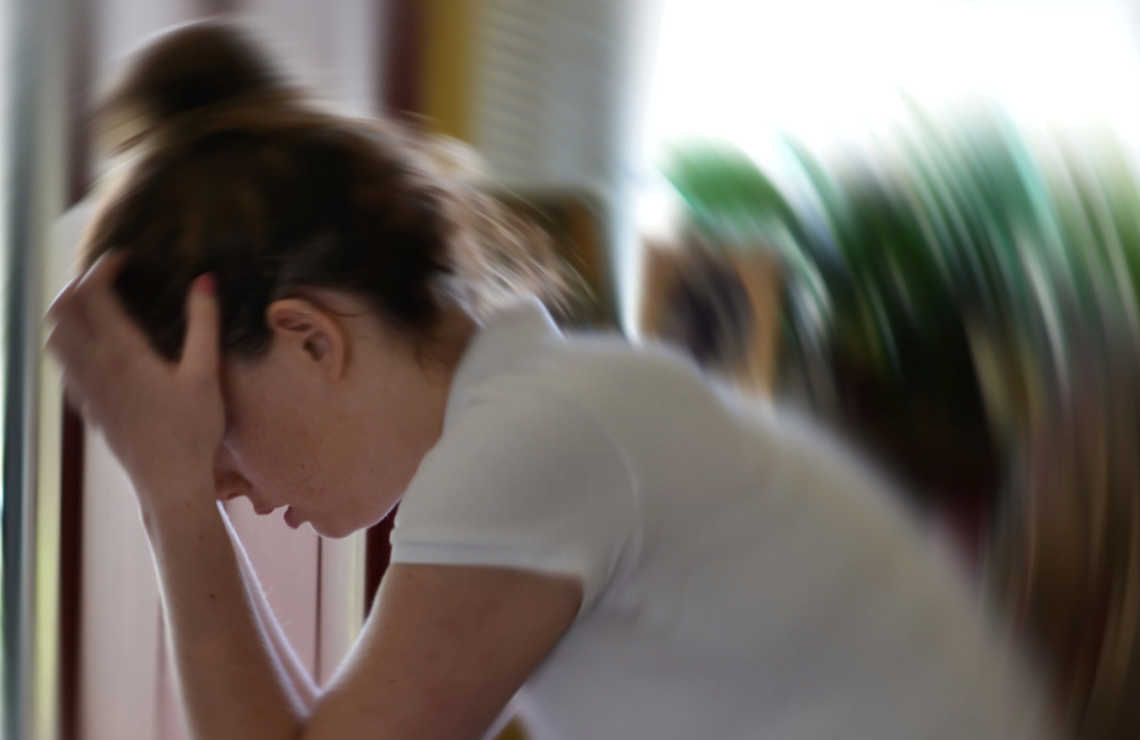
Physical
Headache
Pressure in the head
Neck pain
Nausea or vomiting
Dizziness
Problems with your vision
Problems with your balance
Sensitivity to light
Sensitivity to noise
Cognitive
Difficulty concentrating
Difficulty with memory
Confusion
Feeling like you're slowing down
Feeling not quite yourself
Sensation d’être dans le brouillard
Psychological
More emotional
Irritability
Sadness
Nervous/anxious
Sleep related problems
Fatigue
Drowsiness
Difficulté à s’endormir
Concussion symptoms can appear up to 48 hours after the incident. In any doubt, cease all activity (work and sports) and observe the symptoms for several hours. The person should not be left alone nor be permitted to drive during the observation period. If you suspect a traumatic brain injury, it is important to quickly consult a professional..
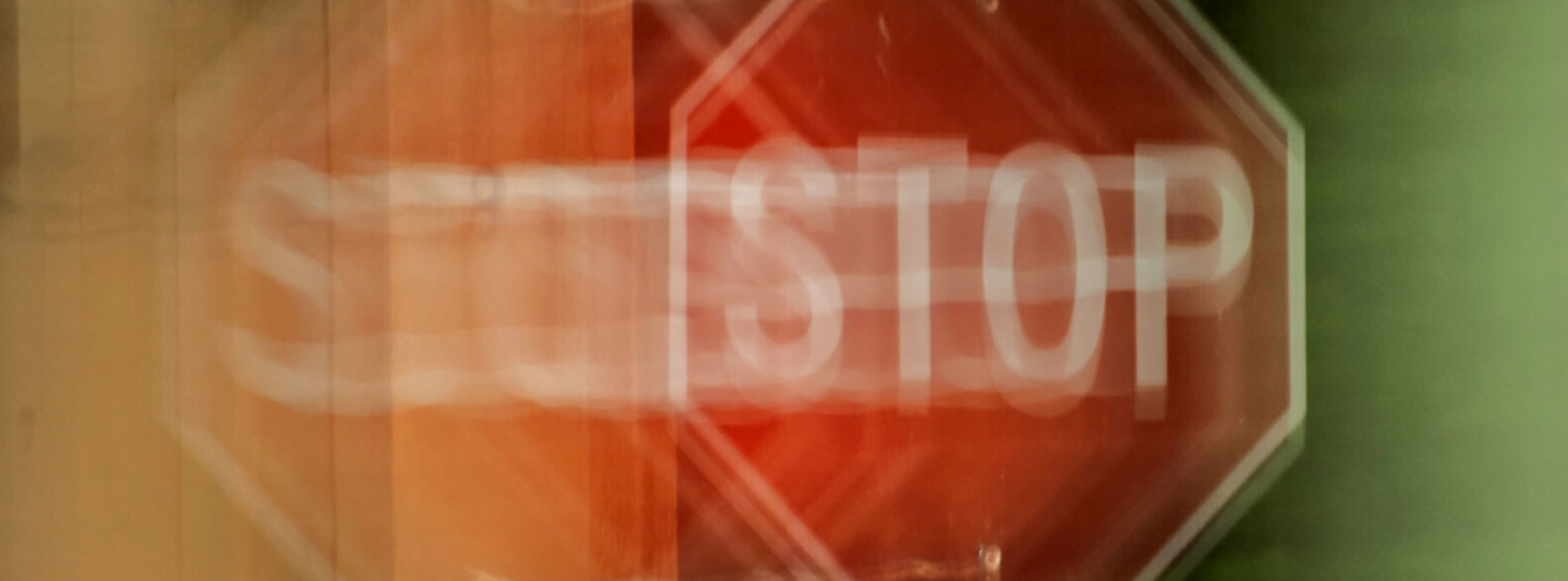
Emergency signs
An emergency assessment is justified if there is a deterioration of the person's psychological or physical state . Immediately head to the nearest emergency if you observe one or more of the following signs :
- Increasing headache
- Severe sleepiness
- Severe neck pain
- Convulsion, neurological deficit
- Repeated vomiting
- Speech impediment
- Difficulty recognizing people or places
- Considerable irritability
- Poor coordination
- Confusion/disorientation
- Diplopia (double vision)
- Very unusual behaviour
Who should we consult?
À la suite d’une commotion cérébrale, il est important de consulter votre médecin pour obtenir votre diagnostique de commotion cérébrale et un professionnel de la santé chez Vertex pour mettre en place les stratégies d’arrêt de travail ou d’accommodements scolaires.
Our team will perform a detailed assessment and establish a management strategy specific to your clinical profile.
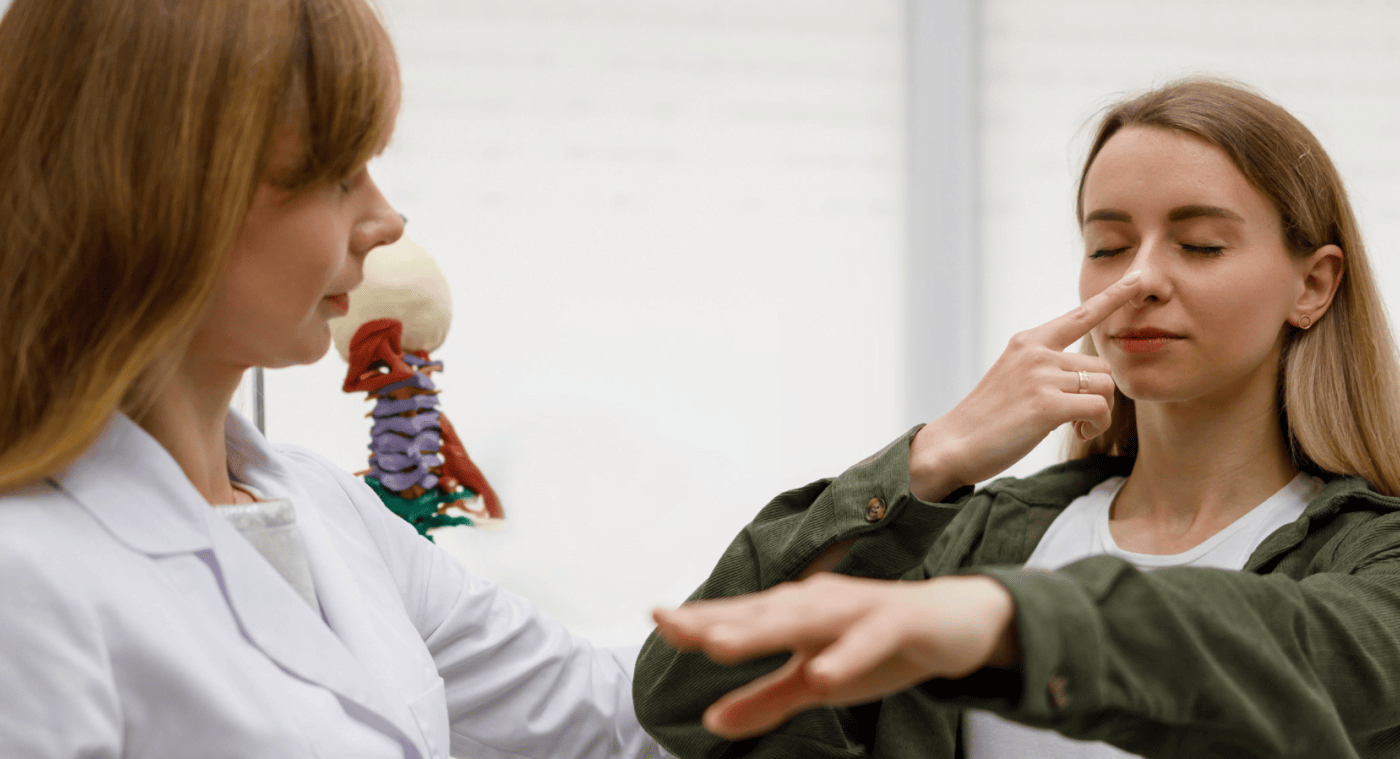
La rééducation est essentielle. Elle permet, entre autres, d’améliorer le débit sanguin cérébral, d’augmenter l’oxygénation du cerveau et de rééquilibrer le système nerveux autonome. De plus, la commotion est une blessure fonctionnelle. Le plus vite qu’on détermine les atteintes fonctionnelles et qu’on applique les stratégies de réadaptation, le moins il y a de chance que la personne développe de l’anxiété et plus il y a de chance que la personne reprenne ses activités sans séquelles qui pourraient la laisser vulnérable.
For efficiency purposes, the rehabilitation program must be performed by health care professionals specialized in concussions.
Concussion care
Étape 1 : Évaluation initiale (48 heures ou plus)
Physiotherapy, thérapie du sport, ostéopathie
Étape 2 : Évaluation en ergothérapie et évaluation physiologique en kinésiologie (7-14 jours)
Step 3: Complementary care according to the clinical profile (more than 14 days)
Neuropsychologist (plaintes cognitives), optométriste spécialisé (difficultés visuelle fonctionnelles), acupuncteur, psychologue, médecins
Step 4 : Interventions (more than 7 days)
Follow-up treatments with your health care team following your assessments.
Step 5 : Progressive return to cognitive and physical activities
The assessment
Concussion assessment includes
- Medical history and details of the mechanism of injury
- Assessment of signs and symptoms
- Neurological assessment
- Functional assessment of the visual and vestibular system
- Assessment of balance and walking/coordination
- Basic neurocognitive assessment
- Manual assessment of the neck and head
The initial assessment lasts around 60 minutes. It will take place in our offices in Mirabel, near Saint-Jérôme, in the Laurentians.
It is possible that the full assessment will not be completed during the first appointment. It will be adapted the each person's specific needs.
Rehabilitation
Each person suffering from a concussion presents a unique clinical profile. The multidisciplinary team proposes management and rehabilitation strategies specific to each case.
The plan could include :
- Rest strategies and lifestyle advice
- Manual therapy for physical pain (neck, whiplash, head, etc.)
- Oculomotor rehabilitation
- Vestibular rehabilitation
- Cognitive and functional rehabilitation
- Symptom limiting threshold assessment and return to physical activity plan
It is highly recommended to follow the progressive return to activity protocol. The process includes a reconditioning process and prevents setbacks or a premature return to activities and sports.
Symptoms of a concussion?
Consult us immediately. Our multidisciplinary team is there for you!
Références
1. McCrory P, Meeuwisse WH, Aubry M, Cantu B, Dvorak J, Echemendia RJ, et al. Consensus statement on concussion in sport: the 4th international conference on concussion in sport held in Zurich, November 2012. Br J Sports Med (2013) 47:250-8. doi:10.1136/bjsports-2013-092313
2. Manley G, Gardner AJ, Schneider KJ, Guskiewicz KM, Bailes J, Cantu RC, Castellani RJ, Turner M, Jordan BD, Randolph C, Dvořák J, Hayden KA, Tator CH, McCrory P, Iverson GL. A systematic review of potential long-term effects of sport-related concussion. Br J Sports Med (2017) 51:969–977. doi:10.1136/bjsports-2017-097791
3. Ellis MJ, Leddy JJ, Willer B. Physiological, vestibulo-ocular and cervicogenic post-concussion disorders: An evidence-based classification system with directions for treatment. Brain Injury (2015) 29:2, 238-248, DOI: 10.3109/02699052.2014.965207
4. Ellis MJ, Cordingley D, Vis S,4 Reimer K, Leiter J, Russell K. Vestibulo-ocular dysfunction in pediatric sports-related concussion. J Neurosurg Pediatr (2015) 16:248–255.
5. Ellis MJ, Leddy J, Willer B. Multi-Disciplinary Management of Athletes with Post-Concussion Syndrome: An Evolving Pathophysiological Approach. Frontiers in Neurology (2016) 7:136. doi:10.3389/fneur.2016.00136
6. Leddy JJ, Kozlowski K, Donnelly JP, et al. A preliminary study of subsymptom threshold exercise training for refractory post-concussion syndrome. Clin J Sport Med. (2010) 20:21-27. Journal of Biomechanics (2013) 46:912–917.
Formulaire INESS de suivi de commotion
Outil d’évaluation de la commotion sur le terrain
Corporation des thérapeutes du sport du Québec – protocole commotions cérébrales
